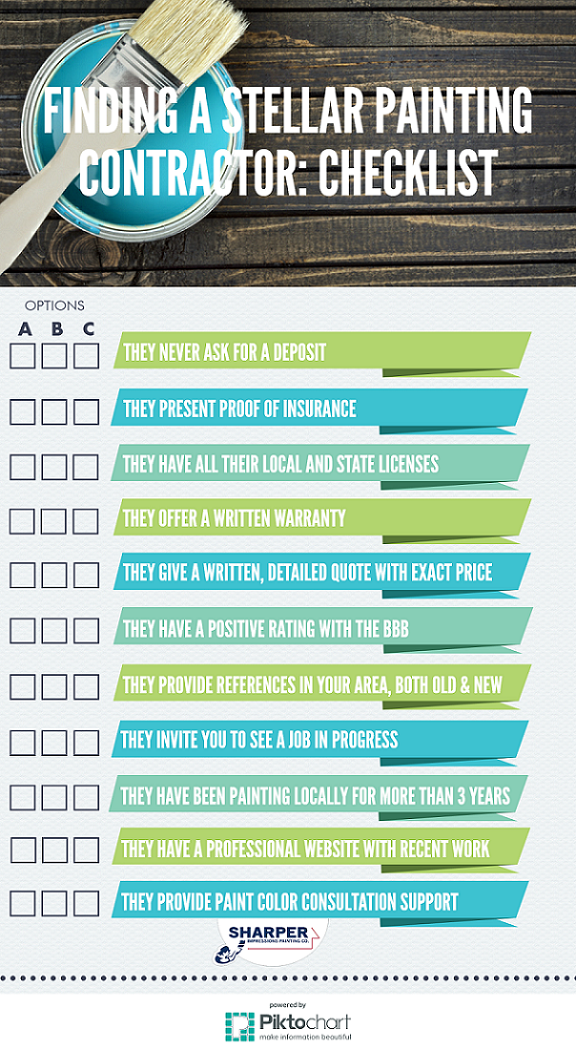Discover Just How Seasonal Impacts Can Affect The Performance Of Business External Painting And Figure Out The Most Positive Times To Make Sure Sturdy Outcomes For Your Job
Discover Just How Seasonal Impacts Can Affect The Performance Of Business External Painting And Figure Out The Most Positive Times To Make Sure Sturdy Outcomes For Your Job
Blog Article
Web Content Writer-Regan Skafte
When you're preparing an industrial external painting project, seasonal variables can make or damage your results. You'll intend to think about exactly how temperature and humidity effect paint application and drying out times. Picking the appropriate season can ensure your paint sticks appropriately and lasts longer. However which seasons are truly the best for this sort of job? Allow's discover the crucial elements that can impact your job's success.
The Influence of Temperature Level on Paint Application
When you're preparing a commercial external painting project, the temperature can dramatically affect just how well the paint adheres and dries.
Ideally, you want to paint when temperature levels range between 50 ° F and 85 ° F. If commercial painting contractors mn 's also cool, the paint might not cure properly, bring about problems like peeling or cracking.
On the other hand, if it's also hot, the paint can dry out as well swiftly, protecting against appropriate adhesion and resulting in an uneven surface.
You ought to likewise take into consideration the moment of day; early morning or late afternoon uses cooler temperature levels, which can be much more favorable.
Constantly examine the producer's recommendations for the particular paint you're utilizing, as they typically supply guidance on the perfect temperature array for ideal results.
Moisture and Its Impact on Drying Times
Temperature level isn't the only ecological aspect that influences your business external painting project; moisture plays a significant role as well. High humidity levels can reduce drying out times drastically, influencing the general quality of your paint work.
When the air is filled with wetness, the paint takes longer to treat, which can result in issues like poor bond and a higher risk of mold development. If you're repainting on an especially damp day, be gotten ready for prolonged delay times in between layers.
It's essential to check local climate condition and plan as necessary. Ideally, go for moisture levels between 40% and 70% for optimal drying out.
Keeping these consider mind guarantees your project remains on track and provides an enduring coating.
Best Seasons for Commercial Outside Painting Projects
What's the best time of year for your business external painting jobs?
Springtime and early autumn are commonly your best options. Throughout relevant webpage , temperatures are light, and humidity degrees are often reduced, developing suitable conditions for paint application and drying out.
Avoid summer season's intense heat, which can trigger paint to completely dry also promptly, bring about poor bond and coating. Likewise, winter season's chilly temperatures can impede correct drying and healing, risking the longevity of your paint job.
Go for days with temperature levels between 50 ° F and 85 ° F for ideal results. Keep in mind to inspect the regional weather forecast for rain, as damp problems can destroy your task.
Preparation around these variables ensures your painting project runs smoothly and lasts longer.
Final thought
To conclude, planning your commercial external paint tasks around seasonal considerations can make a substantial difference in the result. By organizing work during the ideal temperatures and humidity degrees, you'll make sure better attachment and drying out times. Bear in mind to watch on local weather prediction and select the correct time of year-- springtime and early autumn are your best bets. Taking these actions will certainly help you attain a long lasting and professional surface that lasts.
